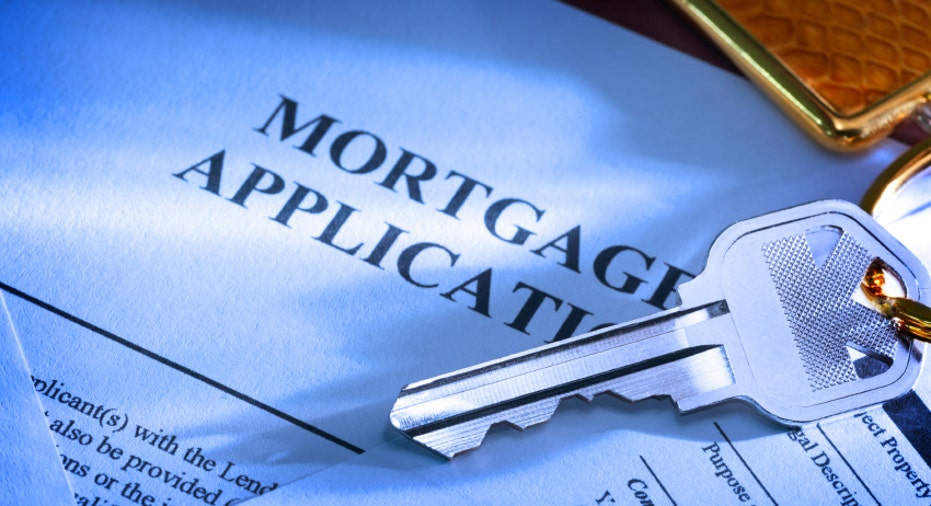How to Dump PMI ASAP

If you bought a house with a down payment of less than 20%, your lender required you to buy mortgage insurance. The same goes if you refinanced with less than 20% equity.
Private mortgage insurance is expensive, and you can remove it after you have met some conditions.
How to get rid of PMI
To remove PMI, or private mortgage insurance, you must have at least 20% equity in the home. You may ask the lender to cancel PMI when you have paid down the mortgage balance to 80% of the home's original appraised value. When the balance drops to 78%, the mortgage servicer is required to eliminate PMI.
Although you can cancel private mortgage insurance, you cannot cancel recent FHA insurance.
What mortgage insurance is for
Mortgage insurance reimburses the lender if you default on your home loan. You, the borrower, pay the premiums. When sold by a company, it's known as private mortgage insurance, or PMI. The Federal Housing Administration, a government agency, sells mortgage insurance, too.
Canceling PMI sooner
Here are steps you can take to cancel mortgage insurance sooner or strengthen your negotiating position:
- Get a new appraisal: Some lenders will consider a new appraisal instead of the original sales price or appraised value when deciding whether you meet the 20% equity threshold. An appraisal generally costs $300 to $500.
- Prepay on your loan: Even $50 a month can mean a dramatic drop in your loan balance over time.
- Remodel: Add a room or a pool to increase your home's market value. Then ask the lender to recalculate your loan-to-value ratio using the new value figure.
Know your rights
By law, your lender must tell you at closing how many years and months it will take you to pay down your loan sufficiently to cancel mortgage insurance.
Mortgage servicers must give borrowers an annual statement that shows whom to call for information about canceling mortgage insurance.
Getting down to 80% or 78%
To calculate whether your loan balance has fallen to 80% or 78% of original value, divide the current loan balance (the amount you still owe) by the original appraised value (most likely, that's the same as the purchase price).
Formula: Current loan balance / Original appraised value
Example: Dale owes $171,600 on a house that cost $220,000 several years ago.
$171,600 / $220,000 = 0.78.
That equals 78 percent, so it's time for Dale's mortgage insurance to be canceled.
For a fuller explanation of the above formula, read this article about figuring the loan-to-value ratio to remove PMI.
Other requirements to cancel PMI
According to the Consumer Financial Protection Bureau, you have to meet certain requirements to remove PMI:
- You must request PMI cancellation in writing.
- You have to be current on your payments and have a good payment history.
- You might have to prove that you don't have any other liens on the home (for example, a home equity loan or home equity line of credit).
- You might have to get an appraisal to demonstrate that your loan balance isn't more than 80 percent of the home's current value.
If at first you don't succeed ...
If you can't persuade your lender to drop mortgage insurance, consider refinancing. If your home value has increased enough, the new lender won't require mortgage insurance. Make sure, however, that your refinance costs don't exceed the money you save by eliminating mortgage insurance.
If refinancing will let you drop PMI, shop for a refi mortgage today on Bankrate.com. Lenders can impose stricter rules for high-risk borrowers. You may fall into this high-risk category if you have missed mortgage payments, so make sure your payments are up to date before asking your lender to drop mortgage insurance. Lenders may require a higher equity percentage if the property has been converted to rental use.
Copyright 2016, Bankrate Inc.



















